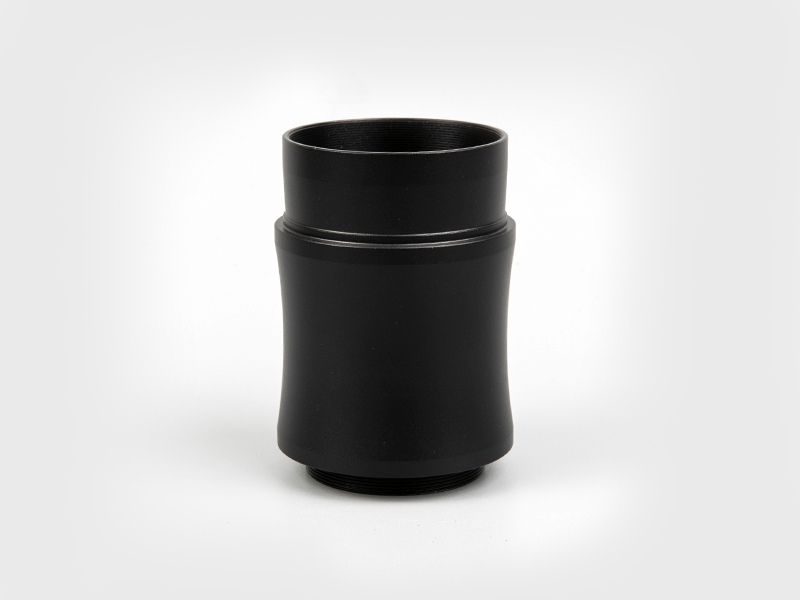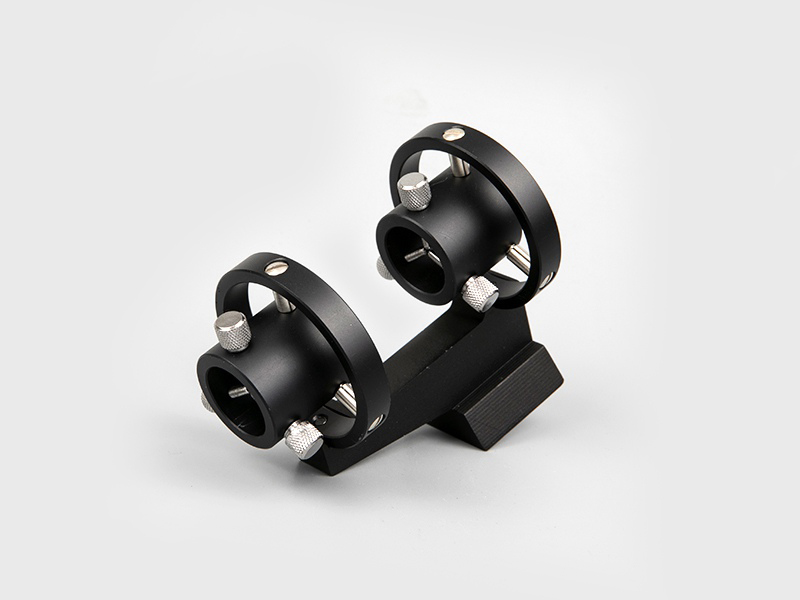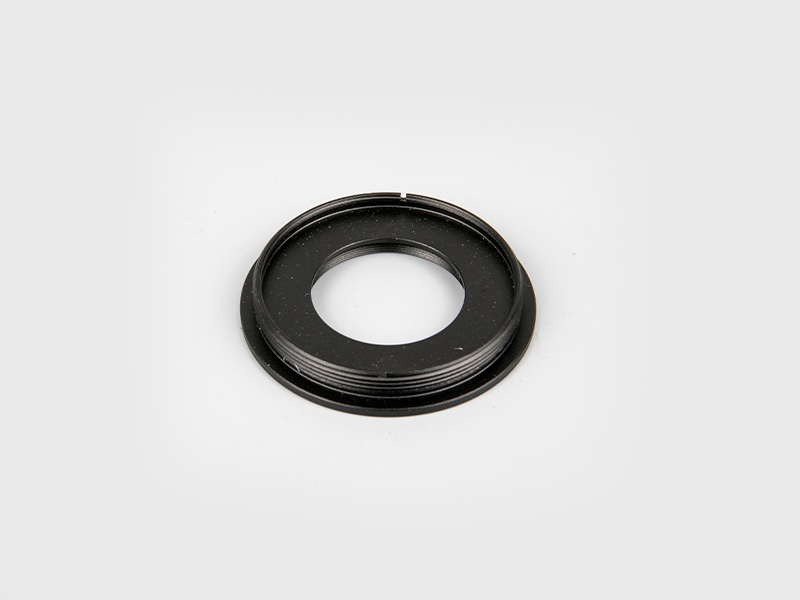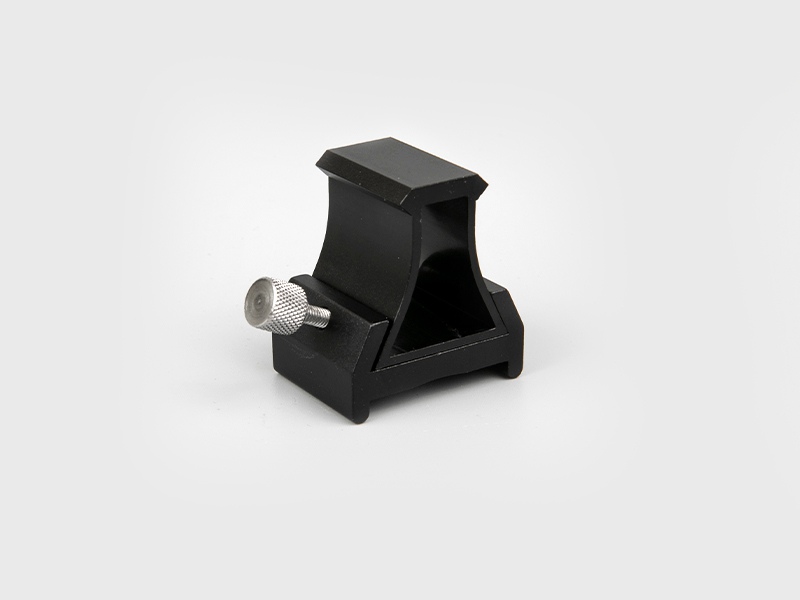Prism
A prism is a polyhedron made of transparent materials (such as glass, crystal, etc.). It is widely used in optical instruments. Prisms can be divided into several types according to their properties and uses. For example, the "dispersion prism" that decomposes the composite light into the spectrum in a spectroscopic instrument, the more commonly used is an equilateral prism; in a periscope, binocular telescope and other instruments, the direction of light is changed to adjust its imaging position. "Reflecting prisms" generally use right-angle prisms.
It is a prism body composed of optical materials. The refracting and reflecting surfaces of all prisms are collectively referred to as the working surface. The intersection of the two working surfaces is called the edge, and the section of the vertical edge is called the main section. Prisms play many different roles in optics. The combination of prisms can be used as beam splitters, polarizers, etc., but in most applications, only the dispersion function of the prism is used, or the image direction, beam The function of changing the direction of propagation. The chromatic dispersion function makes the prism act as a dispersive element. For example, the prism in the spectrometer, spectrograph, and monochromator plays the role of color dispersion. In many optical instruments, prisms are often used to fold the optical path to reduce the size of the system, and these prisms have no dispersion, such as inversion prisms and inverted prisms.
Polyhedrons made of transparent materials are important optical components. The plane where the light enters and exits is called the side, and the plane perpendicular to the side is called the main section. According to the shape of the main section, it can be divided into three prisms, right-angle prisms, pentagonal prisms, etc. The main cross-section of the prism is triangle, there are two refracting surfaces, the angle between them is called the top angle, and the plane opposite to the top angle is the bottom surface. According to the law of refraction, light passes through a prism and is deflected to the bottom twice. The angle q between the emitted light and the incident light is called the deflection angle. Its size is determined by the refractive index n of the prism medium and the incident angle i. When i is fixed, different wavelengths of light have different deflection angles. In visible light, the largest deflection angle is purple light, and the smallest is red light.
Principle of prism system
The prism system of a telescope is usually used to turn an inverted image into an upright image. The prism system of a single-lens reflex camera can separate the optical path for focusing, framing, and ranging. And it becomes an upright image when framing. Generally, the principle of prism rotation is to use the "total reflection phenomenon" in optics, which does not cause the loss of light energy. The optical principle of a complex prism system is actually equal to the role played by multiple flat mirrors.
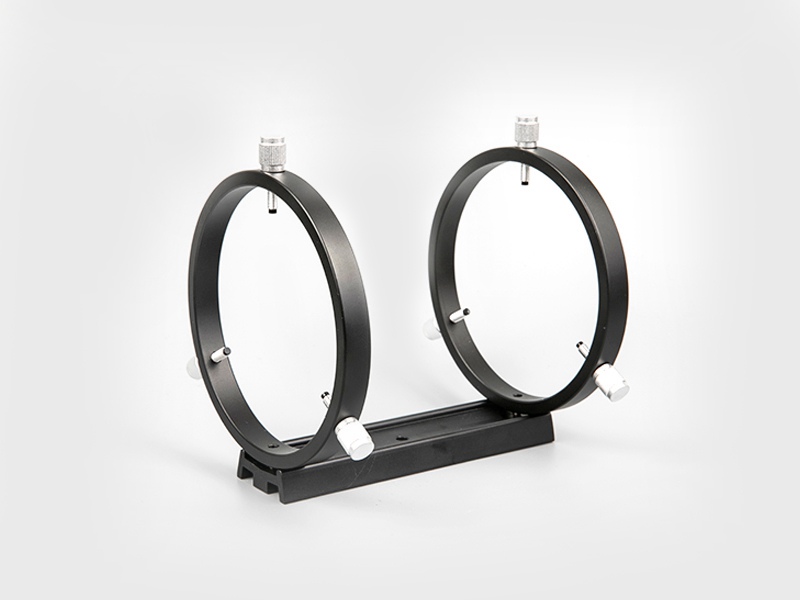

 English
English 日本語
日本語 Deutsche
Deutsche España
España
